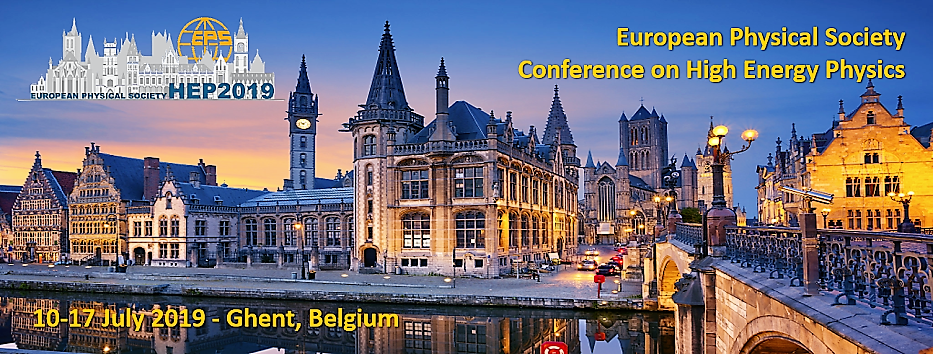Speaker
Description
The SHiP Collaboration has proposed a general-purpose experimental facility operating in beam dump mode at the CERN SPS accelerator with the aim of searching for light, long-lived exotic particles of Hidden Sector models. The SHiP experiment incorporates a muon shield based on magnetic sweeping and two complementary apparatuses. The detector immediately downstream of the muon shield is optimised both for recoil signatures of light dark matter scattering and for tau neutrino physics, and consists of a spectrometer magnet housing a layered detector system with heavy target plates, emulsion film technology and electronic high precision tracking. The second detector system aims at measuring the visible decays of hidden sector particles to both fully reconstructible final states and to partially reconstructible final states with neutrinos, in a nearly background free environment. The detector consists of a 50 m long decay volume under vacuum followed by a spectrometer and particle identification with a rectangular acceptance of 5 m in width and 10 m in height. Using the high-intensity beam of 400 GeV protons, the experiment is capable of integrating $2\times 10^{20}$ protons in five years, which allows probing dark photons, dark scalars and pseudo-scalars, and heavy neutrinos with GeV-scale masses at sensitivities that exceed those of existing and projected experiments. The sensitivity to heavy neutrinos will allow for the first time to probe, in the mass range between the kaon and the charm meson mass, a coupling range for which baryogenesis and active neutrino masses can be explained. The sensitivity to light dark matter reaches well below the elastic scalar Dark Matter relic density limits in the range from a few MeV/c$^2$ up to 200 MeV/c$^2$.
Following the review of the Technical Proposal, the CERN SPS Committee recommended in 2016 that the experiment and the beam dump facility studies proceed to a Comprehensive Design Study phase. These studies have resulted in a mature proposal submitted to the European Strategy for Particle Physics Update.
